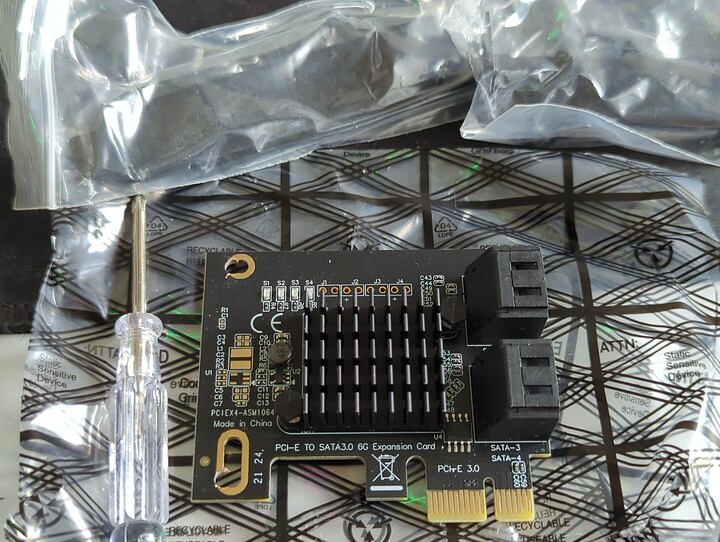Reminder to make sysd service to at boot:
echo performance | tee /sys/devices/system/cpu/cpu*/cpufreq/scaling_governor
Easy Copy Pasta:
Install fedora first
Install dev libraries
sudo dnf groupinstall "Development Tools" "Development Libraries"
Make sure you have git and what not
sudo dnf install git curl wget rsycn
Install the damn plugins that should be default
sudo dnf -y install dnf-plugins-core
Install DKMS
sudo dnf install dkms
Pull the tweaks into confs and then install LTS kernel
sudo dnf copr enable kwizart/kernel-longterm-5.15
sudo dnf install kernel-longterm kernel-longterm-devel
reboot and monitor for perf issues then proceed
Install nvidia via negativo and other negativo goodies
dnf config-manager --add-repo=https://negativo17.org/repos/fedora-multimedia.repo
dnf install ffmpeg
dnf config-manager --add-repo=https://negativo17.org/repos/fedora-nvidia.repo
dnf -y install nvidia-driver nvidia-driver-cuda cuda-devel
Install ZFS
dnf install -y https://zfsonlinux.org/fedora/zfs-release$(rpm -E %dist).noarch.rpm
dnf install -y zfs
modprobe zfs
Note to self if not built execute loop:
for directory in /lib/modules/*; do
kernel_version=$(basename $directory)
dkms autoinstall -k $kernel_version
done
Set to always load on boot
echo zfs > /etc/modules-load.d/zfs.conf
Install ssh, docker and cockpit
sudo dnf config-manager \
--add-repo \
https://download.docker.com/linux/fedora/docker-ce.repo
sudo dnf install docker-ce docker-ce-cli containerd.io docker-compose-plugin
sudo dnf install ssh cockpit*
Remember firewalld and SELinux contexts can mess things up
Dont forget steam
dnf config-manager --add-repo=https://negativo17.org/repos/fedora-steam.repo dnf -y install steam kernel-modules-extra



